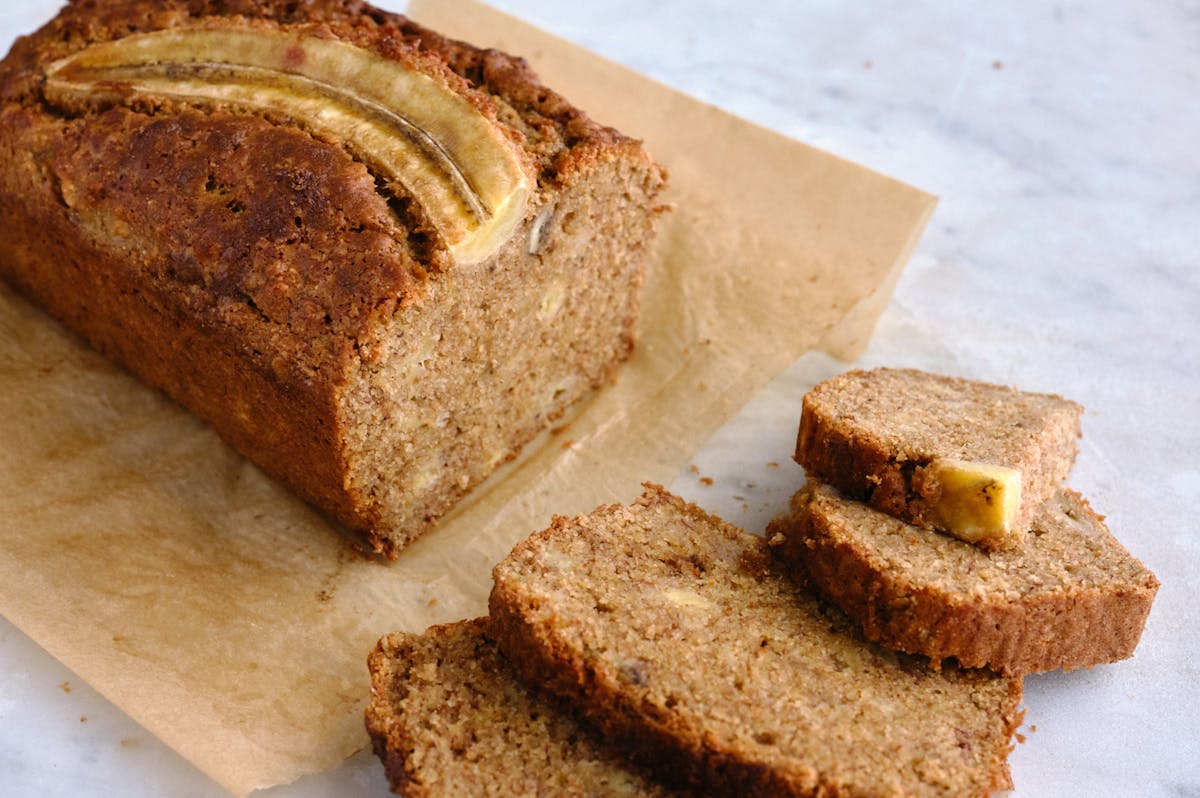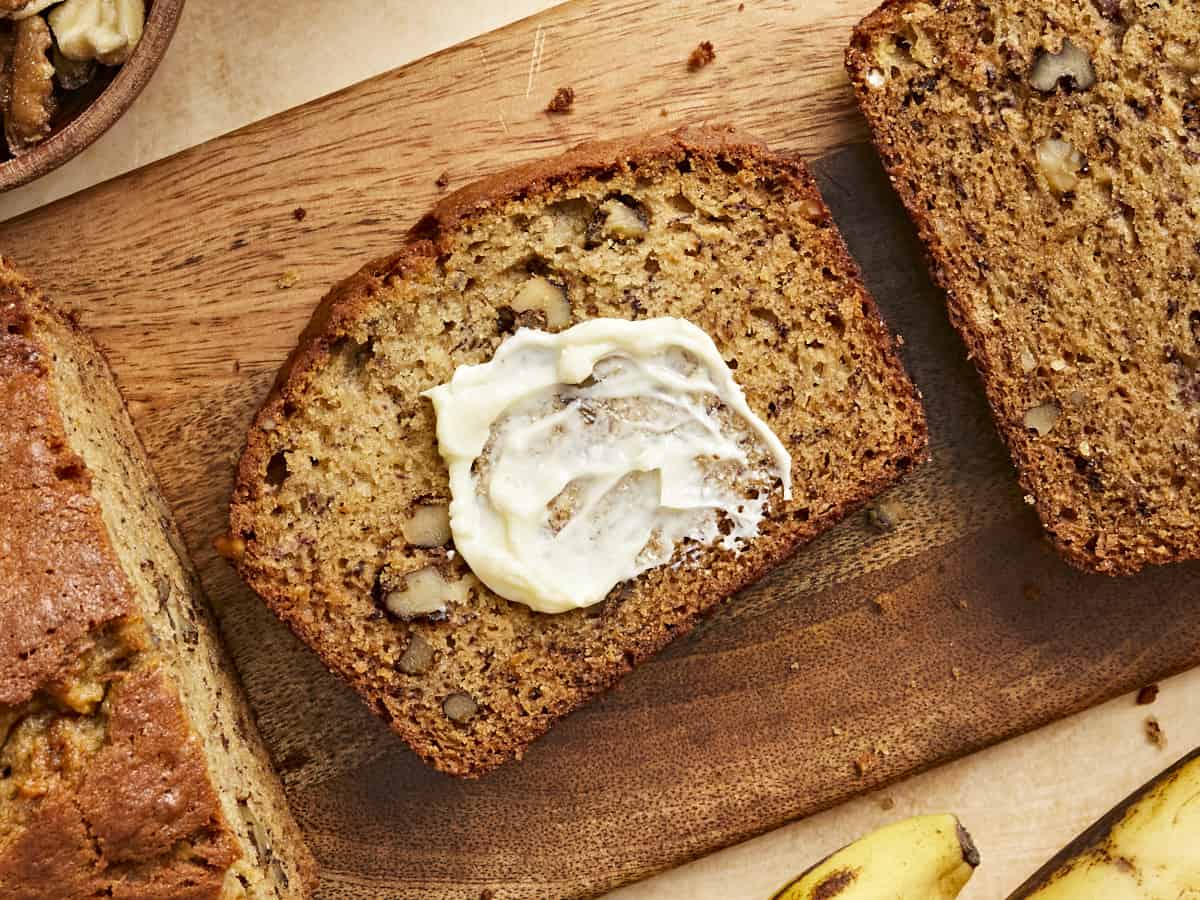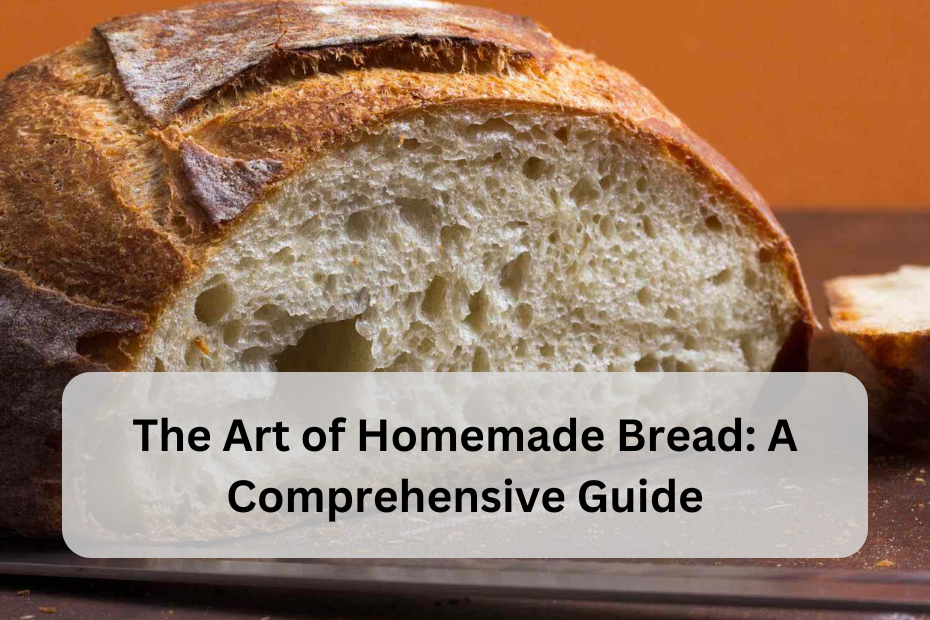There’s something truly magical about the process of making bread from scratch. From the simple ingredients to the intoxicating aroma that fills your home, homemade bread is a labor of love that yields delicious results. In this comprehensive guide, we will explore the basics of bread making, delve into a variety of bread recipes, provide tips for achieving the perfect loaf, and answer frequently asked questions to help you become a bread-baking master.
The Basics of Bread Making
At its core, bread consists of four primary ingredients: flour, water, yeast, and salt. These simple ingredients combine through a series of steps to create a product that has been a staple in human diets for thousands of years. Let’s break down the essential components and steps in the bread-making process.
Ingredients

- Flour: The type of flour you use will greatly affect the texture and flavor of your bread. Bread flour, all-purpose flour, whole wheat flour, and specialty flours like rye or spelt each bring different qualities to your bread.
- Water: Water activates the yeast and combines with the flour to form the dough. The temperature of the water is crucial; too hot, and it can kill the yeast, too cold, and it won’t activate properly.
- Yeast: Yeast is a microorganism that ferments the sugars in the flour, producing carbon dioxide gas that causes the dough to rise. Active dry yeast, instant yeast, and fresh yeast are the most common types used in bread making.
- Salt: Salt adds flavor to the bread and helps control the fermentation process, ensuring a balanced rise.
Steps in Bread Making
- Mixing: Combine the flour, water, yeast, and salt to form a dough. Mixing can be done by hand or with a stand mixer equipped with a dough hook.
- Kneading: Kneading develops the gluten in the dough, giving the bread its structure. This step can take 8-10 minutes by hand or 5-7 minutes with a stand mixer.
- First Rise (Bulk Fermentation): Allow the dough to rise in a warm, draft-free area until it has doubled in size. This step typically takes 1-2 hours.
- Shaping: After the first rise, gently deflate the dough and shape it into your desired form, whether it be a loaf, boule, baguette, or rolls.
- Second Rise (Proofing): Let the shaped dough rise again until it has doubled in size. This step usually takes 30-60 minutes.
- Baking: Bake the bread in a preheated oven. The temperature and time will vary depending on the type of bread, but most loaves bake at 375-450°F (190-230°C) for 25-45 minutes.
- Cooling: Allow the bread to cool on a wire rack before slicing. This step is crucial for the final texture of the bread.
Classic Bread Recipes
Here are a few classic bread recipes to get you started on your bread-making journey.
Basic White Bread
Ingredients:
- 4 cups bread flour
- 1 1/2 cups warm water (110°F/45°C)
- 2 1/4 teaspoons active dry yeast (1 packet)
- 2 tablespoons sugar
- 2 tablespoons unsalted butter, softened
- 2 teaspoons salt
Instructions:
- In a small bowl, dissolve the sugar in warm water and sprinkle the yeast on top. Let it sit for 5-10 minutes until foamy.
- In a large bowl, combine the flour and salt.
- Add the yeast mixture and softened butter to the flour mixture. Stir until a dough forms.
- Turn the dough out onto a floured surface and knead for 8-10 minutes until smooth and elastic.
- Place the dough in a greased bowl, cover with a damp cloth, and let it rise in a warm place for 1-2 hours, until doubled in size.
- Punch down the dough, shape it into a loaf, and place it in a greased 9×5-inch loaf pan.
- Cover and let it rise again for 30-60 minutes, until doubled.
- Preheat the oven to 375°F (190°C). Bake the loaf for 30-35 minutes, until golden brown and sounds hollow when tapped.
- Remove from the pan and cool on a wire rack before slicing.
Whole Wheat Bread
Ingredients:
- 3 cups whole wheat flour
- 1 1/2 cups warm water (110°F/45°C)
- 2 1/4 teaspoons active dry yeast (1 packet)
- 1/4 cup honey
- 2 tablespoons olive oil
- 2 teaspoons salt
Instructions:
- In a small bowl, dissolve the honey in warm water and sprinkle the yeast on top. Let it sit for 5-10 minutes until foamy.
- In a large bowl, combine the whole wheat flour and salt.
- Add the yeast mixture and olive oil to the flour mixture. Stir until a dough forms.
- Turn the dough out onto a floured surface and knead for 8-10 minutes until smooth and elastic.
- Place the dough in a greased bowl, cover with a damp cloth, and let it rise in a warm place for 1-2 hours, until doubled in size.
- Punch down the dough, shape it into a loaf, and place it in a greased 9×5-inch loaf pan.
- Cover and let it rise again for 30-60 minutes, until doubled.
- Preheat the oven to 375°F (190°C). Bake the loaf for 30-35 minutes, until golden brown and sounds hollow when tapped.
- Remove from the pan and cool on a wire rack before slicing.
Sourdough Bread
Ingredients:
- 1 cup active sourdough starter
- 3 cups bread flour
- 1 1/4 cups water, room temperature
- 2 teaspoons salt
Instructions:
- In a large bowl, combine the sourdough starter, water, and 2 cups of flour. Mix until a rough dough forms.
- Cover the bowl with a damp cloth and let it rest for 30 minutes.
- Add the salt and remaining flour to the dough. Turn it out onto a floured surface and knead for 8-10 minutes until smooth and elastic.
- Place the dough in a greased bowl, cover with a damp cloth, and let it rise in a warm place for 3-4 hours, until doubled in size.
- Punch down the dough, shape it into a boule or loaf, and place it in a proofing basket or on a parchment-lined baking sheet.
- Cover and let it rise again for 2-3 hours, until doubled.
- Preheat the oven to 450°F (230°C) with a Dutch oven or baking stone inside.
- Score the top of the dough with a sharp knife. Transfer the dough to the preheated Dutch oven or baking stone.
- Bake for 20 minutes with the lid on (if using a Dutch oven), then remove the lid and bake for another 20-25 minutes, until the crust is golden brown and the loaf sounds hollow when tapped.
- Remove from the oven and cool on a wire rack before slicing.
Tips for Perfect Bread

- Measure Accurately: Use a kitchen scale for precise measurements of flour and water. Too much flour can make the dough stiff, while too much water can make it too sticky.
- Temperature Control: Keep an eye on the temperature of your ingredients and environment. Yeast is sensitive to temperature, and the right conditions are crucial for proper fermentation.
- Kneading: Knead the dough until it is smooth and elastic. This helps develop the gluten, which gives the bread its structure.
- Proofing: Allow the dough to rise until it has doubled in size. Under-proofed dough won’t rise properly, and over-proofed dough can collapse.
- Baking: Preheat your oven thoroughly before baking. A hot oven helps the bread rise quickly and develop a nice crust.
- Cooling: Let the bread cool completely before slicing. This allows the crumb to set and makes slicing easier.
Frequently Asked Questions
1. Can I use all-purpose flour instead of bread flour?
Yes, you can use all-purpose flour, but bread flour has a higher protein content, which helps create a better structure and texture in the bread.
2. How do I store homemade bread?
Store homemade bread in a paper bag or wrapped in a kitchen towel at room temperature for up to 3 days. For longer storage, wrap it tightly in plastic wrap and freeze for up to 3 months.
3. Why didn’t my bread rise?
Several factors can cause bread not to rise: expired yeast, water that’s too hot or too cold, or an environment that’s too cold for proper fermentation. Ensure your yeast is fresh, water is the right temperature, and dough rises in a warm, draft-free place.
4. Can I make bread without yeast?
Yes, you can make bread without yeast by using baking powder or baking soda as leavening agents. These types of bread, like soda bread, have a different texture and flavor but are still delicious.
5. Why is my bread dense?
Dense bread can result from insufficient kneading, not enough rise time, or too much flour. Ensure you knead the dough properly, allow enough time for it to rise, and measure the ingredients accurately.
6. Can
I add ingredients like nuts or dried fruit?
Absolutely! You can add nuts, dried fruit, seeds, or herbs to your dough for added flavor and texture. Add these ingredients during the final minutes of kneading.
7. How do I know when my bread is done baking?
A properly baked loaf will sound hollow when tapped on the bottom. You can also use an instant-read thermometer; the internal temperature should be around 190-200°F (88-93°C) for most bread.
8. What is the best way to get a crispy crust?
For a crispy crust, bake your bread in a preheated Dutch oven, use steam in the oven (by placing a pan of water on the bottom rack), or spray the loaf with water before baking.
Conclusion
Baking bread at home is a rewarding and satisfying experience that connects us with centuries of culinary tradition. With just a few basic ingredients and some practice, you can create delicious homemade bread that will delight your family and friends. Whether you stick to classic recipes or experiment with different flours, flavors, and techniques, the possibilities are endless.
Remember, the key to successful bread making is patience and practice. Don’t be discouraged by initial setbacks; each loaf you bake will teach you something new. Enjoy the process, savor the results, and share the joy of homemade bread with those you love. Happy baking!
Read Also: Peach Dump Cake: A Simple and Scrumptious Delight
